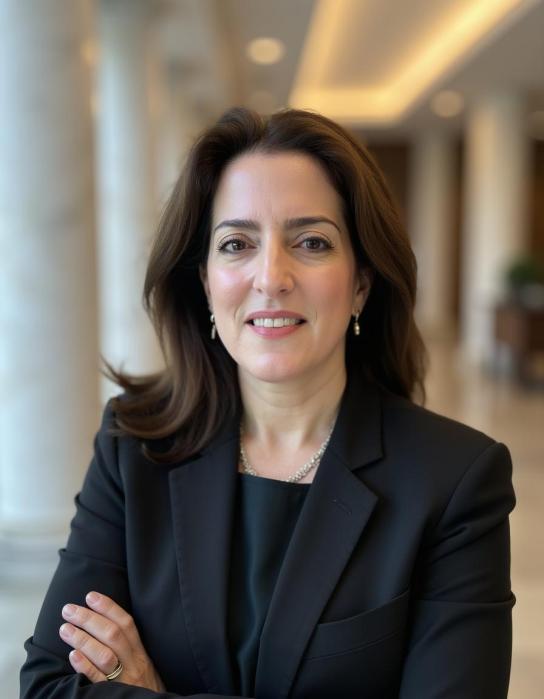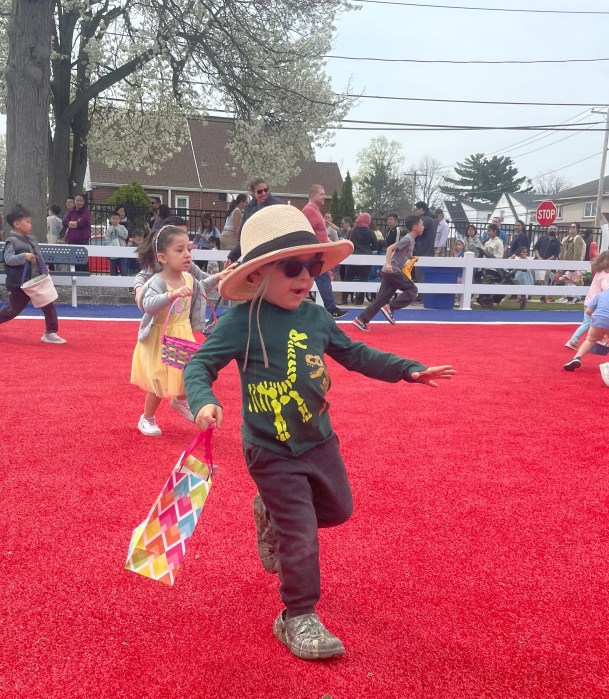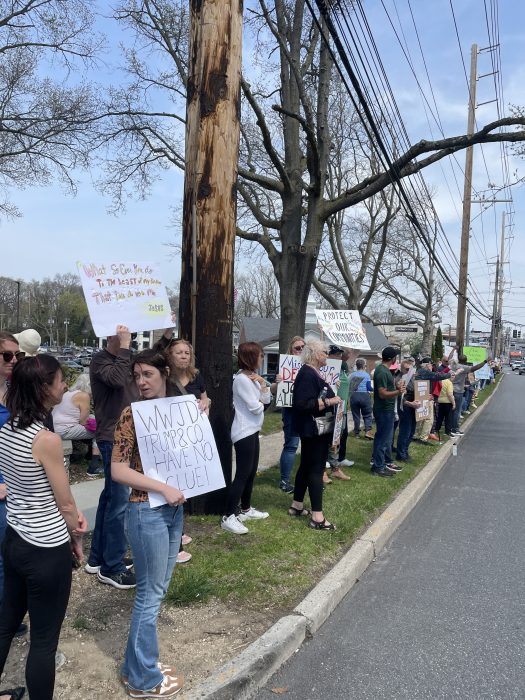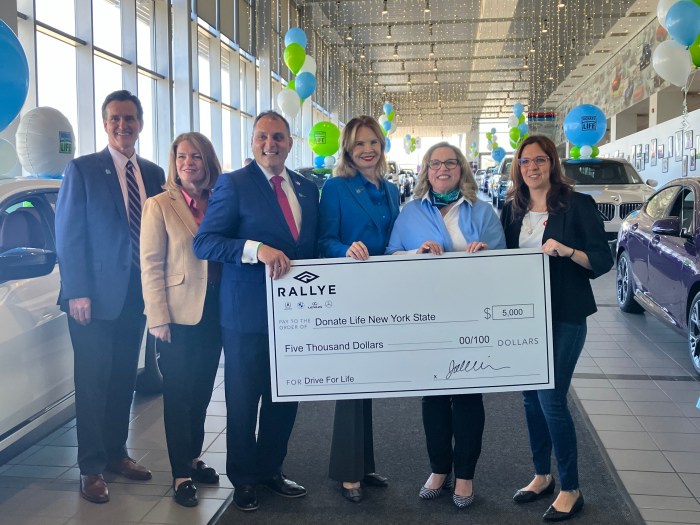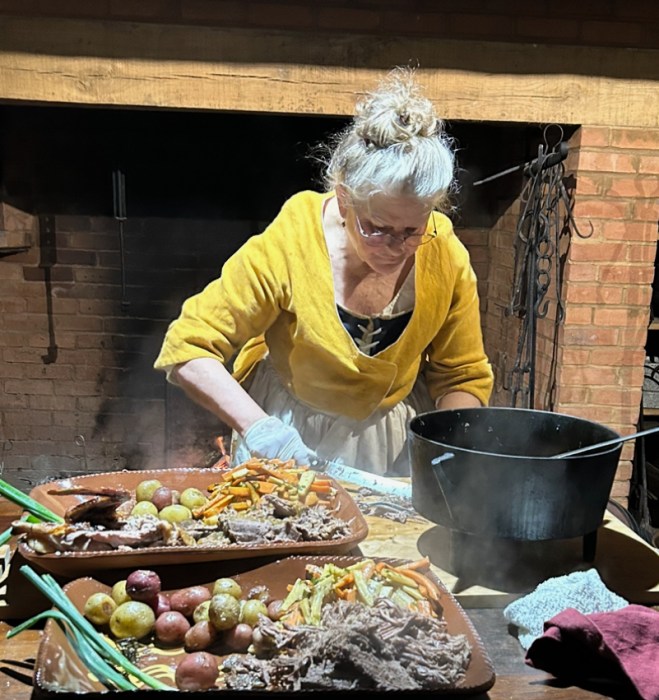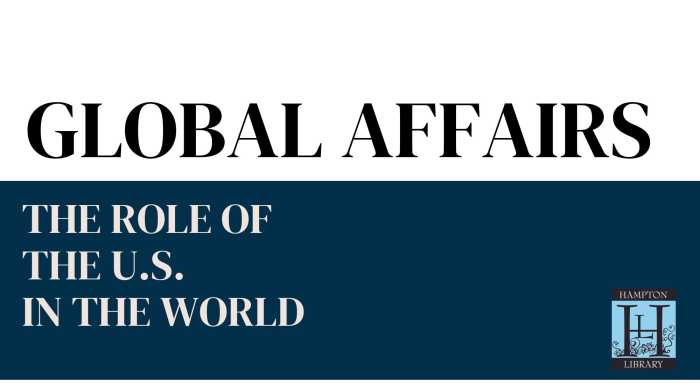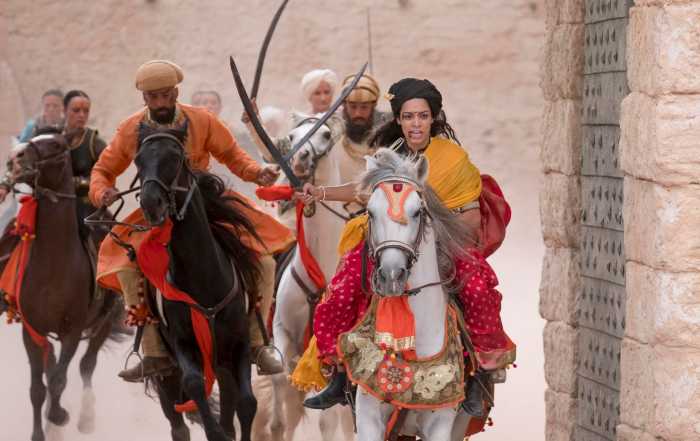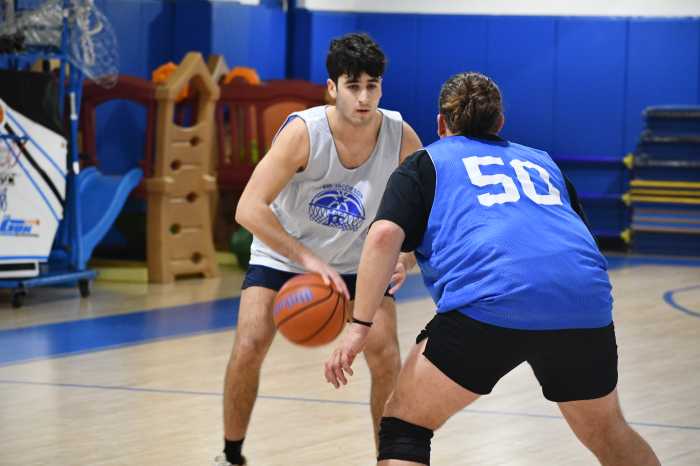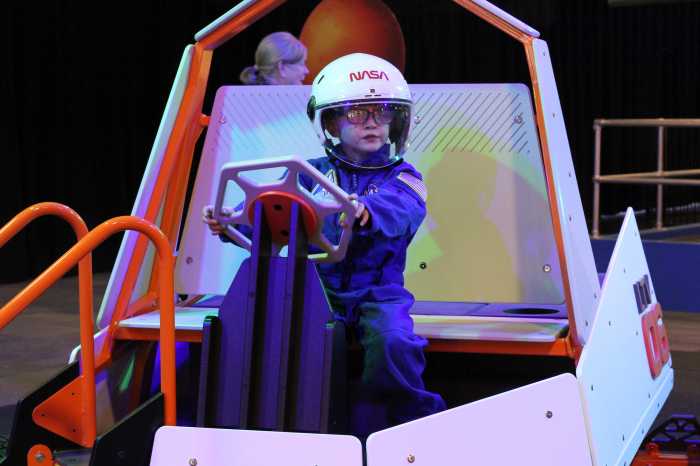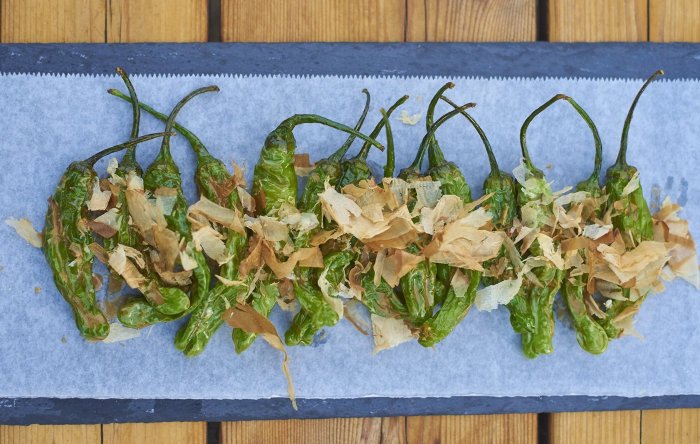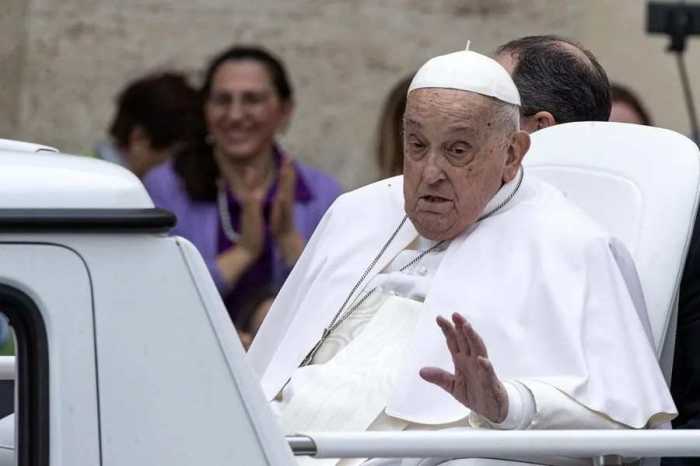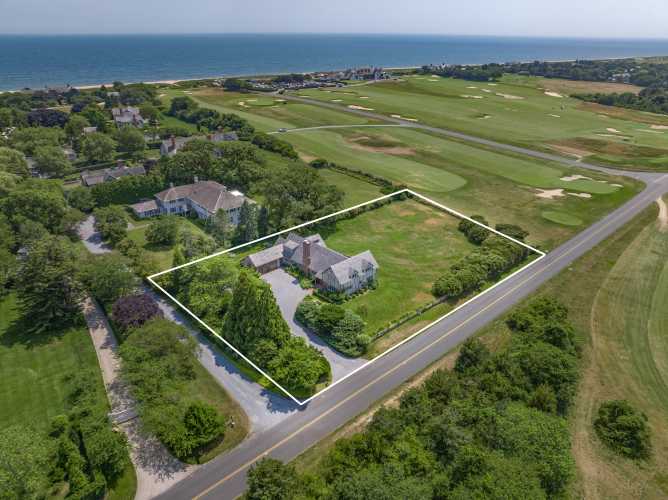A century ago, during the time of “The Great Gatsby,” our town was populated by newly arrived families of European origin.
When F. Scott Fitzgerald penned his masterpiece, it was literally his take on Great Neck life and the residents’ striving towards the American Dream.
Fast forward, Great Neck demographics have radically changed. What would F. Scott observe today? At a minimum, large populations of “Asians” and “Persians.” Here, a primer of Great Neck’s Persian community.
Back in the Day…
Upon the installation of the Pahlavi monarchy in 1925 in Iran, religious minorities of all stripes thrived, as they were finally allowed to openly practice their faith. There was a sort of renaissance. Iran under the Shah was often compared to a European city. Notably, Iran recognized the State of Israel as a nation-state against the tide of the majority in the Middle East. Yadeshbekher. (Ahh, the memories).
The Iranian Revolution of 1979: Ayy Baba!
Then came the late 1970s. The Islamic Republic revolted against the modernization of Iran and the West. In 1979, their Supreme Leader, Ayatollah Ruhollah Khomeini, made life intolerable for many Iranians of all faiths. Many fled Iran in haste, never to return, leaving behind their families and friends, homes, valuable assets, synagogues and cemeteries. The ’80s brought many Iranians to the shores of Great Neck. Vahveyla. That caused quite a fuss among the Great Neck establishment at the time.
Did you know, Azizam?
Decades later, many, if not most khareji (outsiders) still regard “The Persians of Great Neck” as one uniform block. To be clear, there are two distinct Persian communities in Great Neck. Those who have connections to the city of Mashad, a northeastern town in Iran, and the so-called “Tehranis,” a reference to the capital of Iran, Tehran.
The Mashadis a/k/a Persians of Great Neck
Simply stated, the Mashadi community is akin to a more familiar crypto-set, the “Marrano Jews of Spain.”
In 1839, the Jews of Mashad were attacked in pogroms and commanded to convert to Islam under threat of death. Many kept their Jewish faith a secret, at risk to their lives. In doing so, they kept their Judaism intact for close to a century.
Even after converting to Islam, the Mashadi community survived as a clandestine group, amidst severe discrimination and persecution. Emigrating to the US, they remain close-knit and have mainly settled and invested abundant resources in Great Neck.
The Tehranis a/k/a Persians of Great Neck
Tehrani Jews emigrated to the U.S. and started out in Queens. Since the 1980s, many were part of the first wave of Iranians to the shores of Great Neck.
Some headed east, and others headed to the West Coast, where there is a sizable Tehrani-Persian community in Beverly Hills and Los Angeles. Generally, the later generations of Persians from this group are increasingly less culturally rooted to our town. They are choosing other North Shore suburbs, and more and more are today relocating to Florida and elsewhere.
Persian 101: Chaketeram!
The Persian/Tehranis and the Persian/ Mashadis are way more similar than different.
Both are very proud of their heritage and love tahdig, ghormesabzi and gondi, which are some traditional Persian delicacies. Bah bah! Both groups essentially espouse a traditional lifestyle and culture, with an emphasis on marriage, mehmooni (parties and gatherings) and to an increasingly lesser extent, the Persian rituals of taarof. (overly polite back-and-forth). Of course, being a little shaytoon (clever) never hurts.
Persian–to–Persian relationships and matchmaking are the norm in both groups, including old-world neighbors (Syrian, Moroccan, Iraqi).
However, in the age of social media and online dating, that is increasingly changing. “Intermarriage” of Persians to “Ashki” Jews is growing. (Marriage between Tehranis and Mashadis remains rare but is purportedly on the rise).
Couples still rarely cohabitate prior to marriage,, but international travel is common. The dating rituals of khastegari (monitored courtships) are less prevalent today than the “speedy” weddings and/ or arranged marriages of older generations. Begoo, baleh. (Say yes).
Divorce remains fairly uncommon. Twenty years ago, it was practically unheard of in the Great Neck Persian community.
Persians’ Impact: Joon, that Outfit is Fire!
There are many thriving businesses and boutiques owned and operated by those connected to the Persian community.
Several enjoy huge crossover appeal to the public at large. Retail merchants include Janet’s Collection, Steven Dann, Michele Lynn, Adam Marc Jewels, MSA Haute Couture, and Mayas Place.
There are many professional and medical offices, along with several eateries in town. Also notable are Persian locals who are civically engaged and dedicated to public service.
That list includes the current mayors of the Village of Great Neck and Kings Point, several trustees of village governments, the Great Neck Park District, Great Neck Library, Great Neck Public Schools, Great Neck’s fire departments, Great Neck Chamber of Commerce, and many, many others. Including me.
